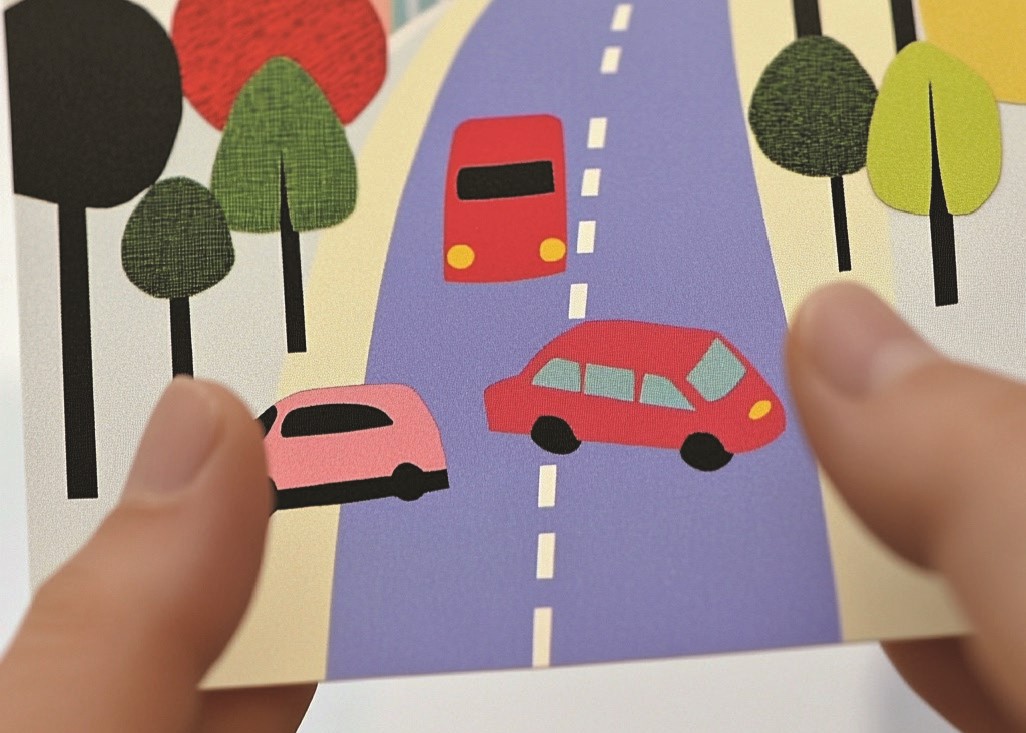By Luma Al-saadi,
When we think about car emissions, most of us picture exhaust fumes coming from a tailpipe. However, the reality is much bigger. Every vehicle on the road carries an invisible footprint which includes the energy and resources used to make it, how we drive it, and even how it’s recycled at the end of its life. This ‘life cycle’ story of emissions is central to INFUZE’s work in reimagining how we travel over the next 10+ years.
What do we mean by ‘life cycle emissions’?
Think about a cup of coffee. Its story starts with growing the beans, then transporting, roasting, packaging, brewing, and eventually disposing of the cup. At every step, energy is used, and emissions are released. A Life Cycle approach brings all these pieces together, ensuring we don’t miss any hidden impacts.
The same applies to transport, energy systems, and the way we travel around our cities. Looking only at direct emissions (i.e. petrol burned in a car) gives part of the story, but it overlooks the upstream and downstream effects — like producing the fuel, building the vehicle, or recycling its parts.
More than just the tailpipe
The way vehicles affect the environment stretches far beyond fuel or electricity use. For example, manufacturing a new car involves mining raw materials, producing batteries, and transporting components around the world. Each stage adds emissions before the vehicle even hits the road.
Once a car is on the road, its environmental impact is also influenced by how often it’s driven, how old the car is, and what fuel it uses (petrol, diesel, hybrid, or electric). Finally, at the end of its journey, scrapping and recycling also come with impacts.
By looking at this whole life cycle, we get a clearer picture of where the biggest challenges and opportunities lie.
Why it matters for our future
In the INFUZE project, we are asking communities to reimagine how we get around. It’s not just about replacing petrol cars with electric ones, but also about how we share, recycle, and design vehicles to last longer. Life Cycle Assessment (LCA) helps us test different futures:
- What if we keep cars longer, instead of replacing them quickly?
- Could there be a different mix of small and larger vehicles, and how would this reduce the amount of resources used?
- Would on-demand services, like taxis or car clubs, increase emissions from driving but reduce the resources needed to build more cars?
- What difference will cleaner energy make to emissions from driving electric cars?
By asking these questions, INFUZE can guide decision-makers towards choices that really cut emissions rather than shifting them from one part of the journey to another.
Looking ahead
Life cycle emissions can sound like jargon, but at heart it’s a simple idea: every stage of a vehicle’s life matters. By reimagining how we design, use, and retire vehicles, we can create a transport future that is fairer, cleaner, and more sustainable for everyone.
That’s the journey INFUZE is on. We invite you to be part of it.

